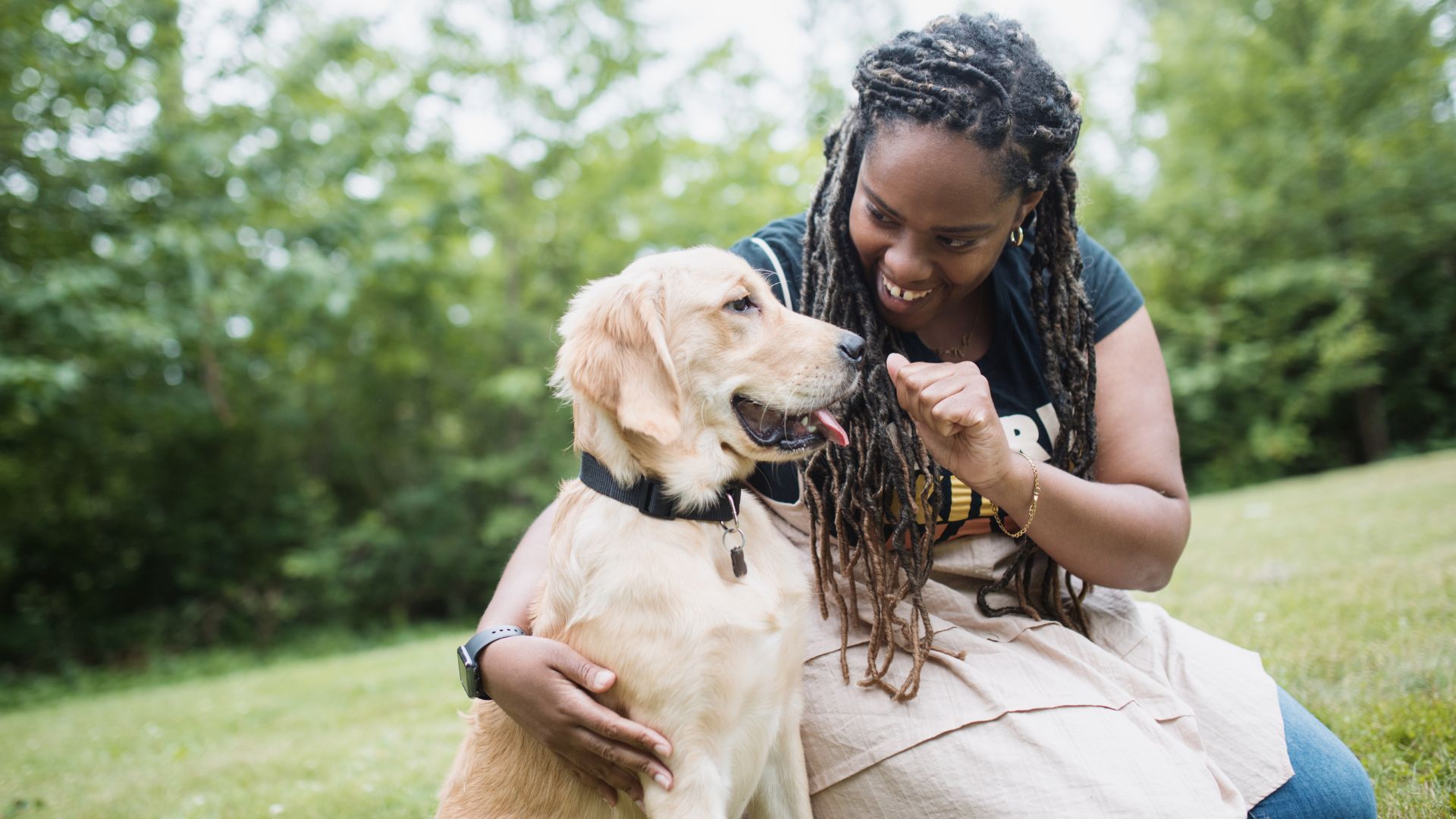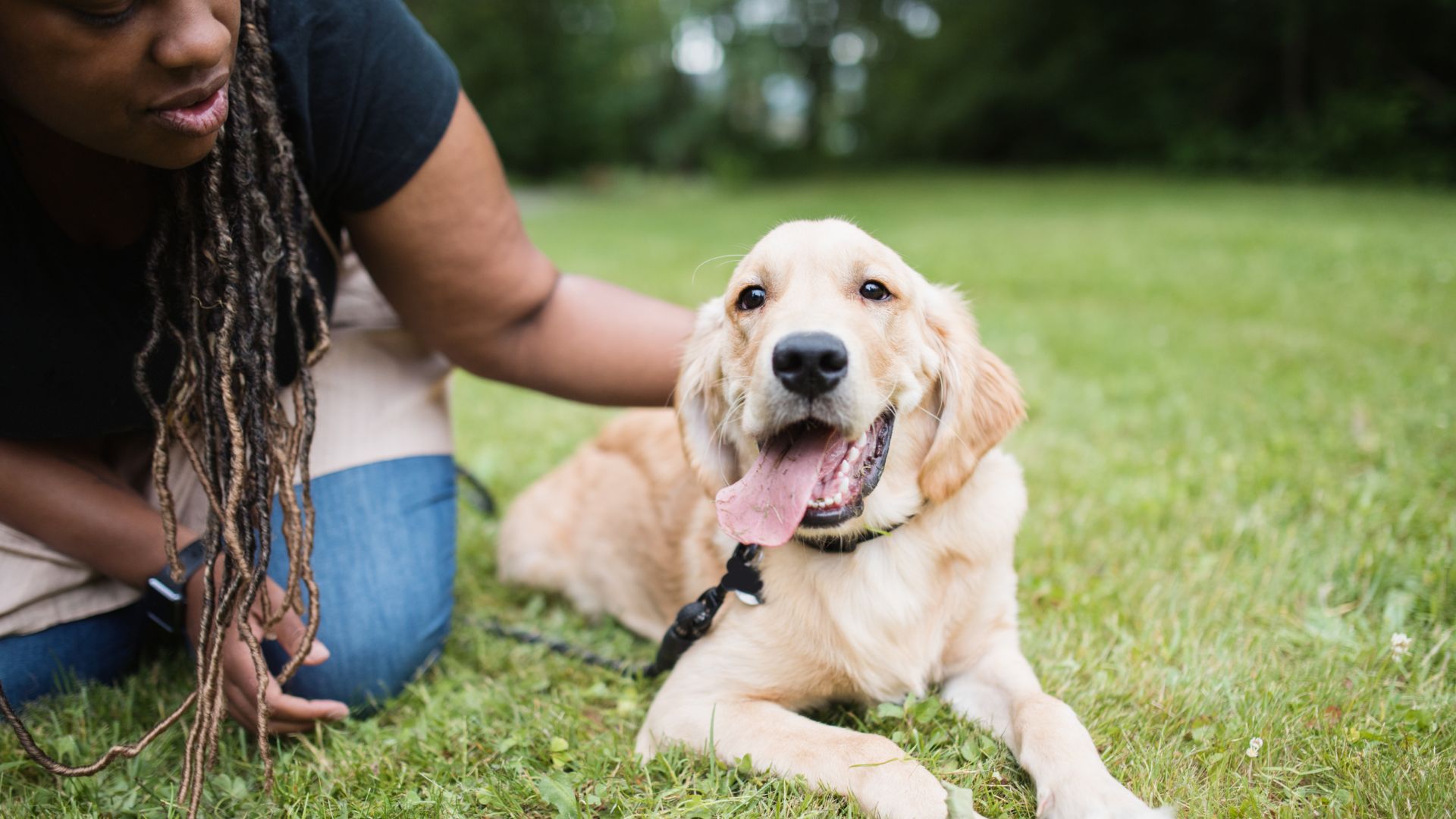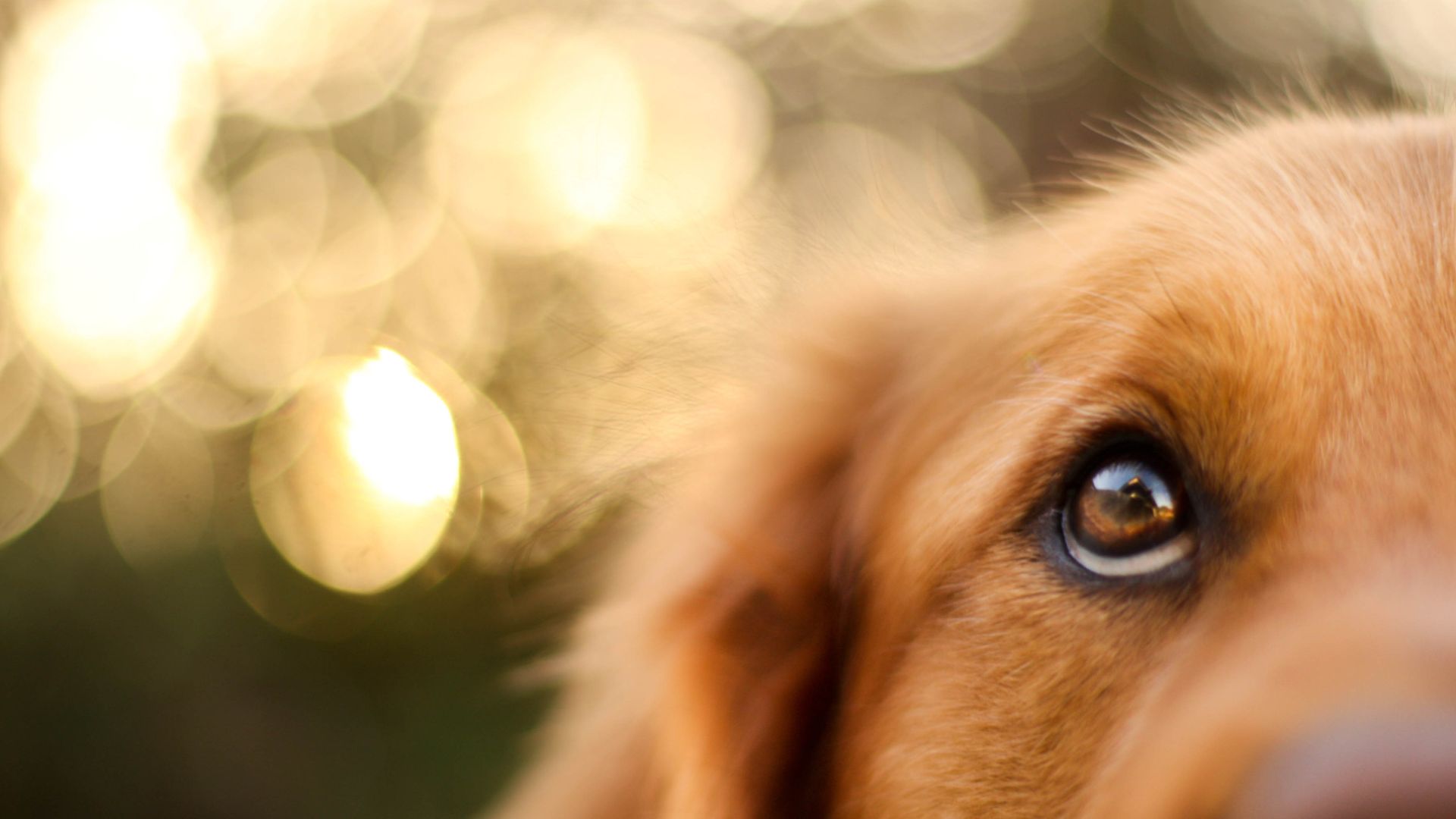How counterconditioning can help your reactive dog and increase your bond
Understand how to use a simple but effective training method to help calm your reactive dog.

Dog behaviorist Jan Barley explains how counterconditioning can transform your training sessions and deepen the bond with your dog. But what is counter conditioning?
What is counterconditioning?
Counterconditioning can be the answer to retraining reactive dogs. I’m a dog behaviorist and still find the results almost magical, as do many dog owners I work with. If you’re one of many owners looking for advice on how to calm a reactive dog, then counterconditioning must just be what you need.
According to the American Kennel Club “Counterconditioning involves pairing every presentation of the stimulus with something your dog finds fabulous. It doesn’t matter what that is, as long as it’s wonderful from your dog’s point of view.”
In simplified terms, counterconditioning is a stress-free training protocol for reactive dogs. It enables you to shape your dog's behavior to teach him to respond more positively to whatever triggers his reactivity. In other words, if your dog is afraid of people, you teach him to associate a reward with not reacting negatively to people.
Counterconditioning is a simple yet powerful approach to training your reactive dog. After grasping the positive association between what your dog fears and a reward, it is much easier for him to focus on you in stressful situations.
How counterconditioning works
Oscar is a timid and nervous 65 kg Otterhound. As a first dog owner, Oscar's doggy mum struggled to understand his fears and lacked the skills and confidence to manage a large, unruly dog.
When we first met, I learned that Oscar had bitten the postman and attacked several dogs in the village, thankfully without injury. Oscar's tearful owner was worried she would have to put her beautiful two-year-old dog to sleep.
Get the best advice, tips and top tech for your beloved Pets
After watching the owner walk Oscar around the village, I realized their bond was non-existent. Oscar didn't trust his owner to care for him when encountering something fearful. He ignored her and nervously scoured the horizon. He was unmanageable on the lead, pulling her and ignoring requests to walk to heel.
The first step in counterconditioning a reactive dog is to slow everything down. A calm and steady approach is crucial. Don't worry too much about the need for physical exercise because the first step is to engage your dog's mind.
Step one: Get your dog's attention
I became a dog behaviorist because I couldn't manage my reactive Weimaraner cross, Poppy. My experience with that wonderful girl taught me that when a dog is hypervigilant about their environment, it is challenging for them to engage with you.
Your dog cannot respond to you because they hyper-focus on whatever they're reacting to. So, the best thing to do is to stop walking and re-engage with your dog. And that's what we did with Oscar.
Armed with a pocketful of delicious treats, I took the lead from Oscar’s owner and walked Oscar over to the village green. I sat on a bench overlooking three interlinking roads. Oscar had a vantage point as the green is on a hill, meaning he could relax a little.
I showed Oscar I had yummy treats and threw a few on the grass. After a while, Oscar sat looking at me, wanting more treats. The goal was to build his relationship with me to enable us to progress to the next stage.
Additionally, in that session, we worked on improving heel work so that Oscar was more responsive. With reactive dogs, there is typically more than one behavior that needs adjusting.
A dog walking nicely is less likely to overreact than a dog pulling on a leash.

Step two: Introduce the trigger
In session two, Oscar’s owner asked a friend to walk her calm dog in the area around the village green. I advised the friend to increase the distance from us if Oscar barked or reacted.
When Oscar noticed the dog, his body language elevated. I threw a treat on the grass and praised him when he took it. When he looked at me, I said, "Yes! Good boy," and gave him another treat. I repeated this exercise, and within five minutes, Oscar sat and waited for a treat. Occasionally, he turned to look at the dog but didn't react. When Oscar made eye contact with me, I gave him a treat.
This counterconditioning exercise taught Oscar a pleasant association between the trigger (the dog and the person) and getting a yummy reward.
Step three: Gradually progress the counterconditioning
When training reactive dogs, it's crucial to go at their pace. You are modifying an ingrained behavior, and that can take time. One small step during each session enables your dog to process the training. Occasionally, the dog may slip back into reactive behavior, so stay calm, take a step back and remain consistent.
Consistently measure how far your dog has come. When your dog takes a second less to react or looks at you for guidance, that's a win. Become the benevolent leader, the calm oasis for doggy confidence. Your dog will react less when you change your responses to his behavior.
A big part of improving Oscar's reactive behavior was about increasing his owner’s confidence. Her fears traveled down the lesh because she felt stressed and worried about potential conflicts with others. When she saw someone approaching, she tensed and held the lead tighter. Oscar instantly became alert to danger, and the entire cycle began again. That is how it was for me before I qualified as a dog behaviorist.

How long will it take for counterconditioning to work with your dog?
Counterconditioning could take days, weeks, or months to change your dog's reactive responses. It depends on the severity of the dog's reactivity, how much you practice, and how responsive your dog is to training.
Oscar took six months to become a relaxed, confident, and less reactive dog. He responded better to his owner, and they began enjoying days out and a deeper bond because they trusted each other.
My dog Poppy's reactivity was more extreme. As her trigger distance was around 300 yards, there was a lot to change, including how I reacted to her behavior. However, the changes were incremental and observable within a few weeks.
Practice counterconditioning as often as possible and stay consistent. Don't beat yourself up if you have a bad day and get frustrated with your dog. You're changing your behavior, too.
As you gradually shape your dog's behavior into calmer responses, you will notice your bond developing into working as a coherent partnership. Honestly, there is nothing like that moment when you realize your dog is looking to you for support and guidance instead of trying to figure out everything alone.
Counterconditioning can be life-changing for you and your reactive dog and a lot of fun.
For more like this, take a look at behaviorist Jan Barley’s other articles including, ‘5 mistakes I made with my reactive dog that you’ll want to avoid’.

Jan is a dog behaviorist and writer living in the Cotswolds, UK. She qualified as a dog behaviorist in 2012 after training with Sarah Whitehead, a Certified Clinical Animal Behaviorist with a MSc in Animal Behavior. Jan has shared her life with dogs for over fifty years and is fascinated by behavior. She enjoys helping people better understand their dogs to develop a deep bond and enjoy time together. Jan particularly enjoys working with impulsive and reactive dogs as her legacy from helping Poppy, her rescue Weimaraner cross overcome fear reactivity.
